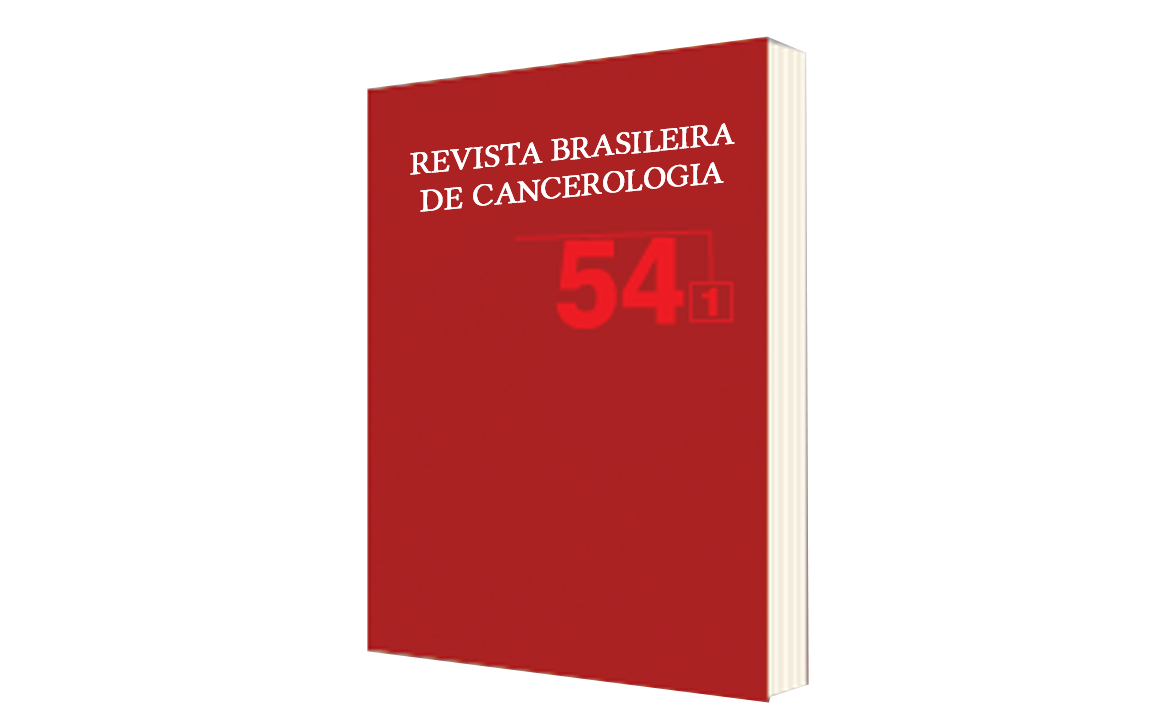Avaliação do Conhecimento sobre Detecção Precoce do Câncer dos Estudantes de Medicina de uma Universidade Pública
DOI:
https://doi.org/10.32635/2176-9745.RBC.2008v54n1.1755Resumen
Introdução: No Brasil, o câncer figura como a segunda causa de morte na população. O diagnóstico precoce exerce significativa influência sobre os índices de mortalidade, visto que um dos fatores que dificultam o tratamento é o estágio avançado em que a doença é descoberta. É importante que os estudantes conheçam as ações de detecção precoce recomendadas pelo Instituto Nacional de Câncer (INCA), pois os médicos recém-formados são aqueles que estarão na linha de frente social, podendo aplicá-las na prática e, assim, minimizar o avanço dessa doença. Objetivo: Verificar o conhecimento que os estudantes de medicina têm sobre as estratégias de detecção precoce para os cânceres de mama, próstata, pele, pulmão, colo do útero e colorretal, com base nas recomendações do INCA. Métodos: Estudo transversal realizado por meio de questionário sobre as ações de detecção precoce adotadas pelos estudantes dos 5º e 6º anos de medicina da Universidade Estadual de Montes Claros (MG). Os dados foram analisados no EPI-INFO. Resultados: De um total de 90 estudantes que estavam matriculados nos 5° e 6°anos de medicina, 66 participaram do estudo. Os cânceres os quais os estudantes julgaram mais incidentes foram: próstata (96,9%), colo uterino (93,9%) e mama (93,4%). Conclusão: A maioria dos estudantes indicou medidas de detecção precoce para os cânceres de próstata e pulmão que não são recomendadas pelo INCA, para a população em geral. Os acadêmicos revelaram possuir um bom conhecimento sobre as estratégias de detecção precoce para os cânceres de mama, colo uterino e pele. A maioria dos estudantes não distinguiu sinais precoces dos cânceres citados nas manifestações tardias.









